NYC’s Forgotten ‘War on Christmas Trees’
Discover how an obscure holiday crackdown affects festive street vendors today!


With a history as long and storied as New York City’s, there are bound to be twisted tales and accounts of ghostly apparitions attached to its most famous and frequented locations. Over the centuries, New York City has experienced all of the makings of a good haunting, from tragic and untimely deaths to mass burials and unfinished business. Screw your courage to the sticking place and discover the famously haunted places in New York City:
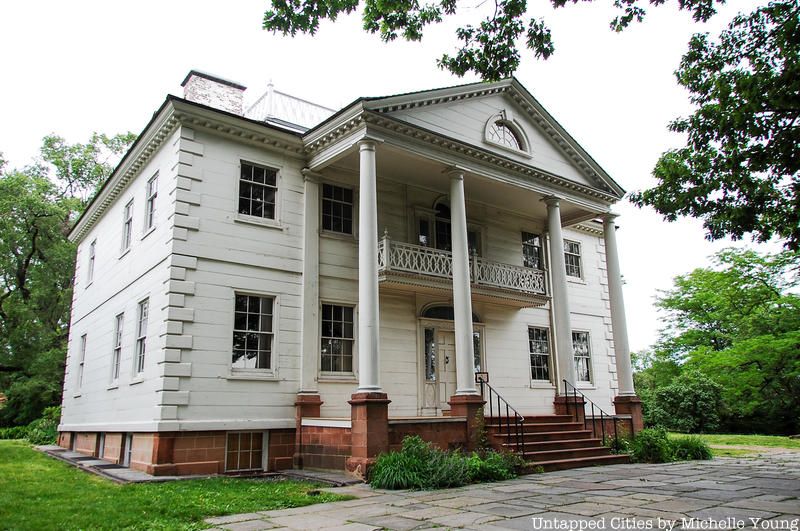
Built in 1765, the Morris-Jumel Mansion holds the title of the oldest residence in Manhattan. Over the past 250-plus years, the mansion has also acquired a reputation for being famously haunted. The mansion has appeared on paranormal investigation television shows like The Holzer Files and Ghost Adventures and has been featured on the Today Show for its famous ghosts. Superstar paranormal academics and investigators such as Hans Holzer, Zak Bagans, and the Tennessee Wraith Chasers have all visited the site to try and communicate with former residents.
People have claimed to see apparitions of all sorts in the mansion, from Hessian soldiers and George Washington to Eliza Jumel, and Aaron Burr. George Washington and his Continental officers made the home their headquarters during the Revolutionary War due to its strategic location at one of Manhattan’s highest points. Jumel, a self-made businesswoman who purchased the home with her first husband in 1820, married Burr in the front parlor in 1833. Perhaps the wedding location was bad luck since they were only married for one year. Interested in meeting one of these famous former residents? You can join a Paranormal Historical investigation at the mansion!
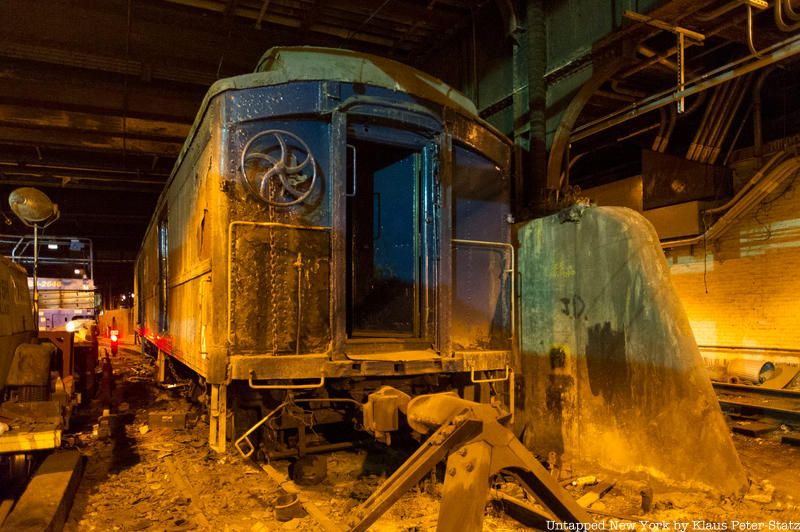
While in New York, President Franklin D. Roosevelt would commute between Grand Central Terminal and the Waldorf-Astoria Hotel. Frequently along for the ride was Roosevelt’s dear pet, a Scottish terrier named Fala. According to Phil Schoenberg, a New York City historian and founder of Ghost Walks NYC, the ghost of Fala still haunts the station he once traveled through. Schoenberg told WNYC that the canine spirit has “been spotted late at night by various people who are in the station to fix things or clean up.”
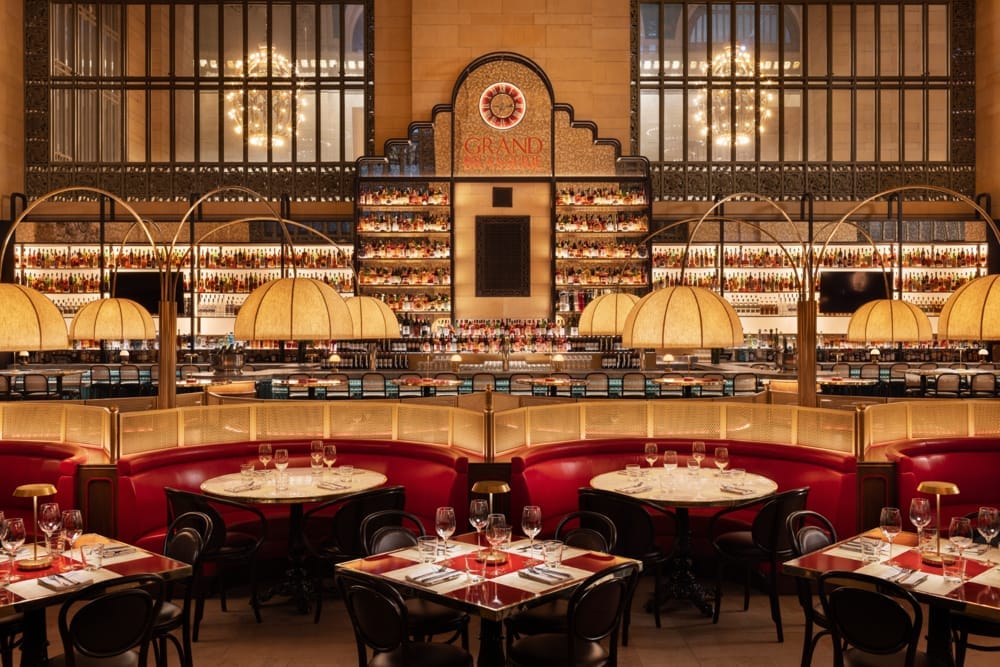
Fridays & Saturdays: Spend a glamorous evening inside Grand Central Terminal as you uncover the landmark's secrets and sip on a special drink!
Another spectral resident of Grand Central Terminal may be John W. Campbell, the financier whose office is now The Campbell Bar. According to owner Mark Grossich, employees have felt something pushing them from behind, bursts of cold air, and some have even reported seeing “an old, fashionably dressed couple sitting and having a cocktail on the balcony when the place was completely closed.”
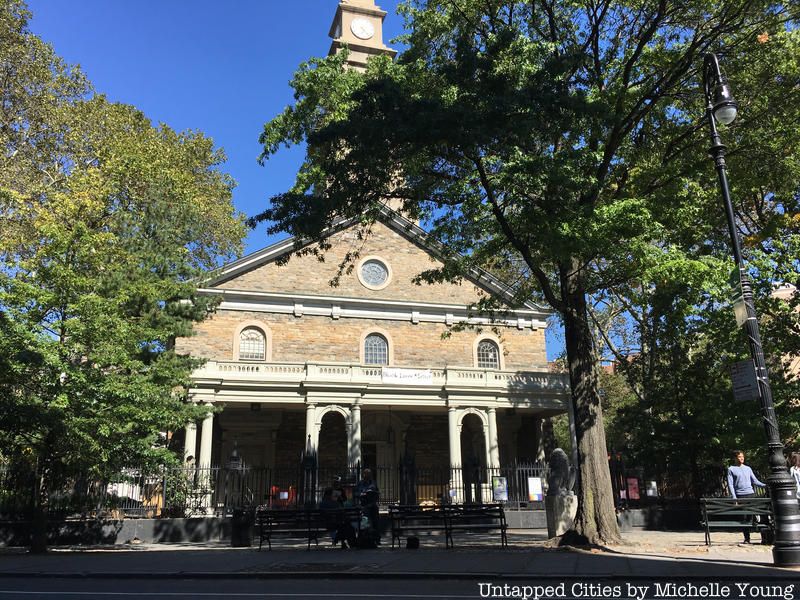
The ominous footsteps heard by some at St. Mark’s Church-in-the-Bowery sound a little different than the footsteps of other ghosts. This is because those footsteps are believed to be from the ghost of Peter Stuyvesant, the last Dutch Governor of New Amsterdam, who walked with a wooden peg leg. While his body is buried beneath the church, some claim his spirit roams free above.
Built in 1795, St. Mark’s is the oldest church structure in Manhattan. It stands on the former site of a small 17th-century chapel built for the personal use of the Stuyvesant family. The Stuyvesant family held onto the chapel and surrounding land for over 100 years. Legend says Stuyvesant’s spirit has made his presence known by ringing the church bells at odd hours.
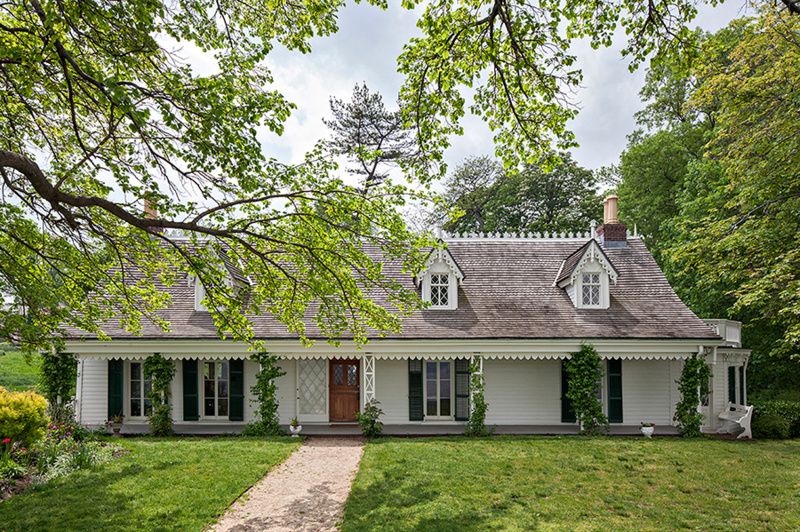
Clear Comfort, the seemingly quaint and peaceful home of 19th-century photographer Alice Austen, is one of Staten Island’s most historic homes and one of its most haunted. Alice moved into this 1690s Dutch farmhouse with her mother in the 1860s. It was in this home that Austen discovered and nurtured her passion for photography and lived happily with her lover Gertrude Tate until the Great Depression. By 1945, Austen’s dwindling inheritance and declining health forced the couple out of Clear Comfort. Societal and familial rejection of their relationship forced the two women apart. Austen and Tate’s final wishes were to be buried together, but after Austen died in 1952, their families prevented the pair’s longed-for reunion.
On the podcast, Someone Lived Here, Victoria Monroe, Executive Director of the Alice Austen House, told host Kendra Gaylord that Austen herself believed the house was haunted by a rejected lover who hanged himself in the entryway of the home during the Revolutionary War. In more modern times, House staff have claimed to experience ghostly activity believed to be the doing of Austen’s spirit. On the podcast, Monroe relates the story of a new caretaker who awoke in the middle of the night to a crashing sound. He found that the sound had come from a picture that had fallen and shattered. This happened three times in the same night until he eventually acknowledged the spirit of Austen and introduced himself as the new caretaker. Others have claimed to see fog and mist in the house, while all the windows and doors are closed. You can visit the home, which is now a museum, and check for yourself.
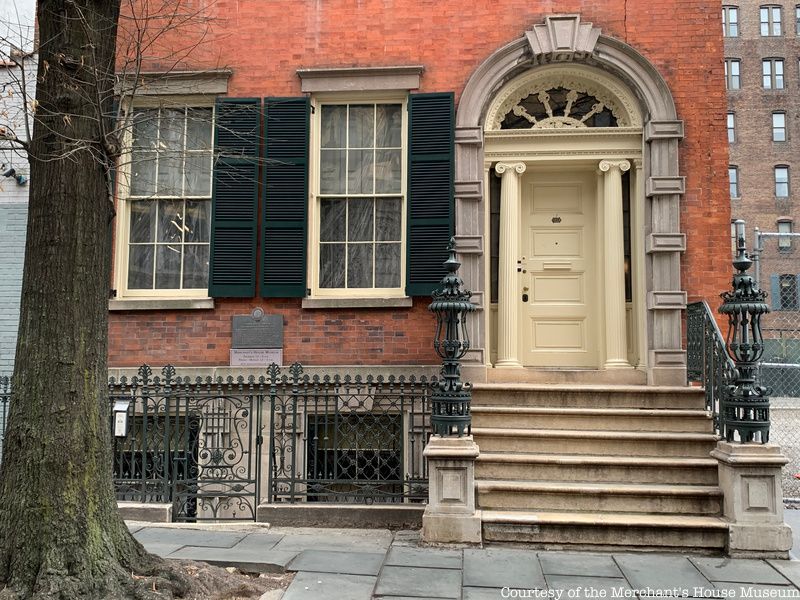
The Merchant House Museum knows that it is one of the most haunted places in NYC and flaunts it. There is even a “Ghosts” tab on the museum’s website. The Merchant House was the home of a wealthy mercantile family, the Tredwells, from 1835 to 1933. Inside the home, there are over 3,000 pieces of furniture, decorative arts, clothing, photographs, books, and personal items that were owned by the Tredwells. Many people claim that these intimate possessions aren’t the only remnants of the Tredwell family that live on.
Some staff and visitors believe the ghost of Gertrude Tredwell haunts the home. Gertrude was born in an upstairs bedroom in 1840, the youngest of the Tredwells’ eight children. She died in the house at the age of 93. Gertrude was the last member of the family to live in the home. The house has been a museum since the 1930s and there have always been stories of strange and inexplicable happenings, sightings – and even smells – reported by staff, volunteers, visitors, and neighbors. During the lockdown in 2020, paranormal investigator Dan Sturges and neuroscientist Dr. Lee conducted extensive research on the paranormal phenomena in the house using specialized, custom-built equipment. You can learn more about their findings in their Youtube series, In the Spirit of Science.
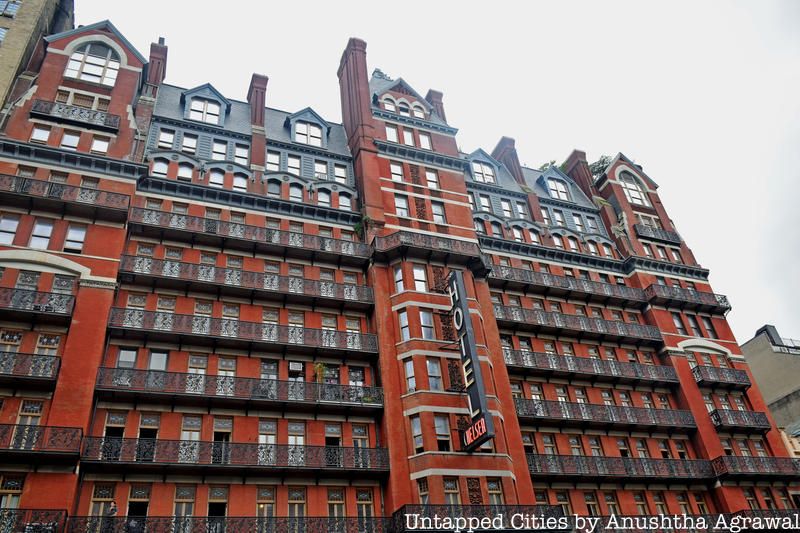
The Hotel Chelsea is famous for the many artists and musicians who called it home over the past 130+ years, as well as the infamous incidents that took place within its walls. Everyone from Mark Twain and Tennessee Williams to Janis Joplin and Jimi Hendrix boasted a Chelsea Hotel address at one point. The artistic significance of the hotel runs so deep that when materials from inside were being discarded as part of ongoing renovations, someone saved the doors that once hung at the entrance of the hotel’s most famous rooms and auctioned them off at Guernsey’s. The Gothic style of the hotel helps it fit the part of perhaps the most famously haunted place in NYC.
While there are many stories of apparitions wandering through the Chelsea, the most famous are the ghosts of Sex Pistols’ bassist Sid Vicious and his girlfriend Nancy Spungen. The couple lived at the Chelsea in the late 1970s when Spungen was found dead from an apparent knife wound in their room. Sid Vicious was charged with her murder but died of an overdose while on bail awaiting trial.
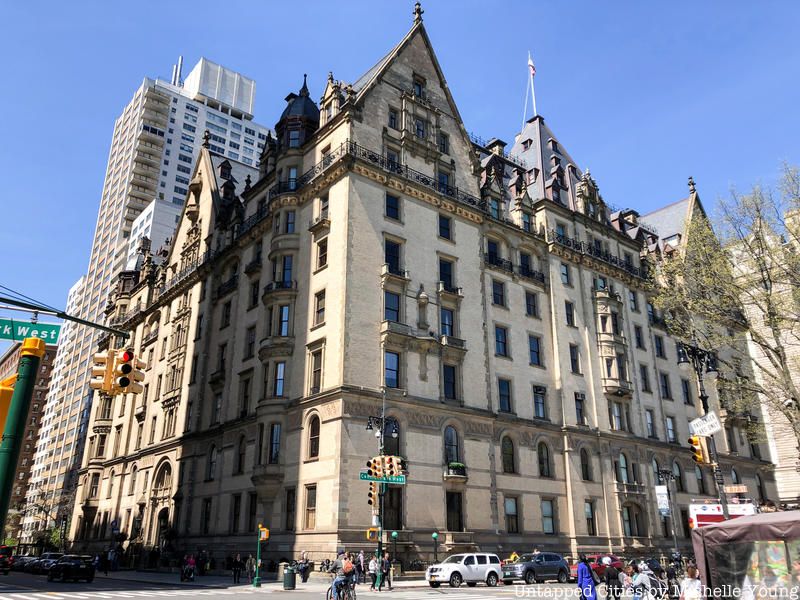
When a building figures prominently in the story of a classic horror film, you know there must be some trace of real terror attached. The Dakota Apartments, which were built between 1880 and 1884, serve as the Bramford in the 1968 film Rosemary’s Baby. In the film, the building has a legendary history of ties to the occult. In real life, the Dakota is just as, if not more, legendary than the witch-filled and tragedy-plagued Bramford.
Like The Hotel Chelsea, the Dakota has seen many celebrities pass through its doors including Yoko Ono and John Lennon. Lennon was murdered outside the Dakota by a crazed fan in 1980 and some say his spirit never left. Yoko Ono herself, who lived in the Dakota for twenty years after Lennon’s death, claimed to see his ghost sitting at the piano. Before he was killed, Lennon also claimed to see the apparition of a crying lady.
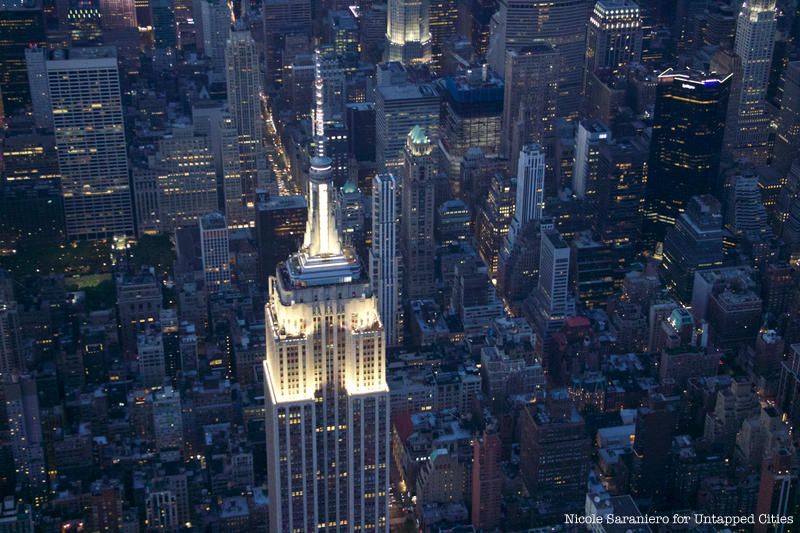
The Empire State Building has sadly been the site of over thirty suicides and even more suicide attempts since it opened in 1931. One of the most famous was that of Evelyn McHale, a 23-year-old who leaped to her death from the 86th-floor observation deck in May 1947. McHale landed on top of and crushed the roof of a limousine parked at the curb.
A photo of the aftermath taken by student Robert Wales led Time Magazine to dub the event the “most beautiful suicide.” In her book Ghosts and Murders of Manhattan, Elise Gainer recounts stories of people who have “seen a woman appear on the observation deck attired in 1940s-period clothing, her lips painted red…muttering about the death of her fiance in Germany and then throwing herself over the barrier.”
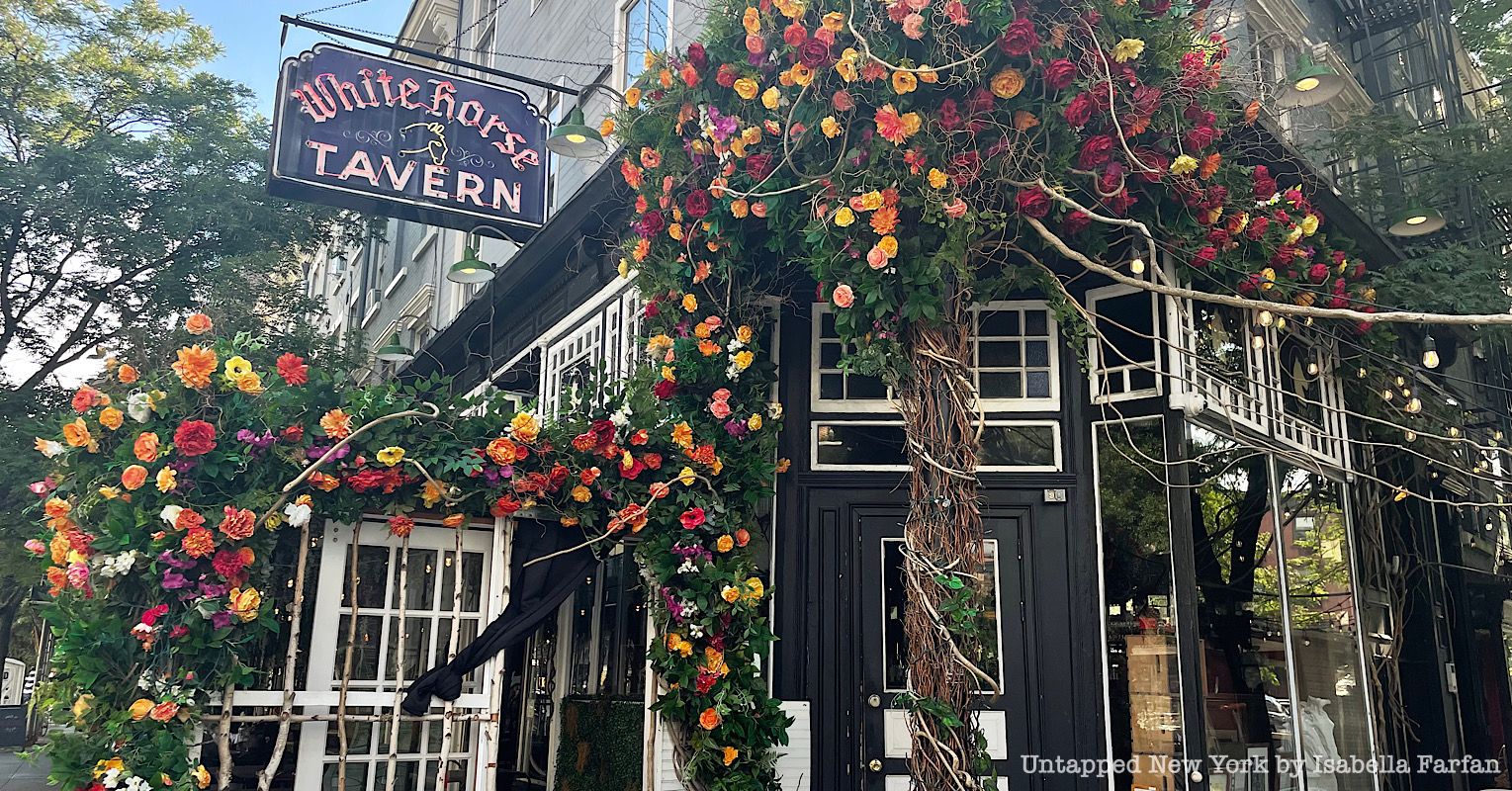
The White Horse Tavern is one of New York City’s oldest bars. Opened in 1880, the tavern originally attracted longshoremen who worked at the Hudson River Piers. In the mid-twentieth century, it became a hotspot for musicians and writers of the Beat Generation like Allen Ginsberg and Jack Kerouac.
Another Beatnik writer who frequented the tavern was Dylan Thomas. November 9, 1953, Thomas downed eighteen shots of whisky at the tavern, returned to his home at The Hotel Chelsea, and died the next day in St. Vincent’s Hospital. Legend says Thomas keeps coming back to The White Horse Tavern to sit and imbibe at his usual table.
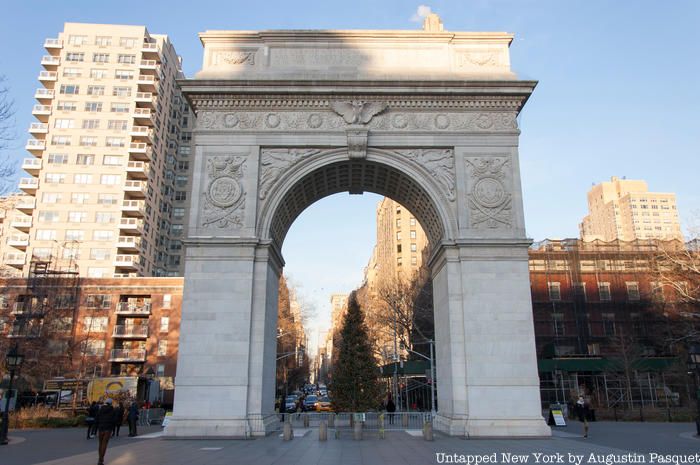
Like many parks in New York City, including Madison Square Park and Union Square Park, Washington Square Park was formerly a potter’s field or a public grave site for the poor and unclaimed deceased. According to The Bowery Boys, over 20,000 people are likely still buried in the Park, out of a total of as many as 125,000 original burials. In 2009, a 3-foot tall sandstone grave marker was uncovered during park renovations, and as recently as 2015, previously unknown burial vaults, with human remains inside, were discovered just outside the park.
Another ingredient of a haunting that can be found inside Washington Square is a hanging tree. During the Revolutionary War, it was said that traitors were hung from the Hangman’s Elm, an English elm that is the oldest tree in Manhattan. In 1824, the Marquis de Lafayette claimed to have witnessed the hanging of twenty highwaymen there. Alternatively, another story goes that in 1820 a nearby gallows was set up to hang Rose Butler, a slave convicted of arson. Whichever tale holds true (if any), the dark aura of the Hangman’s Elm and the gruesome grave discovery have solidified Washington Square Park’s spot on every list of haunted places in NYC.
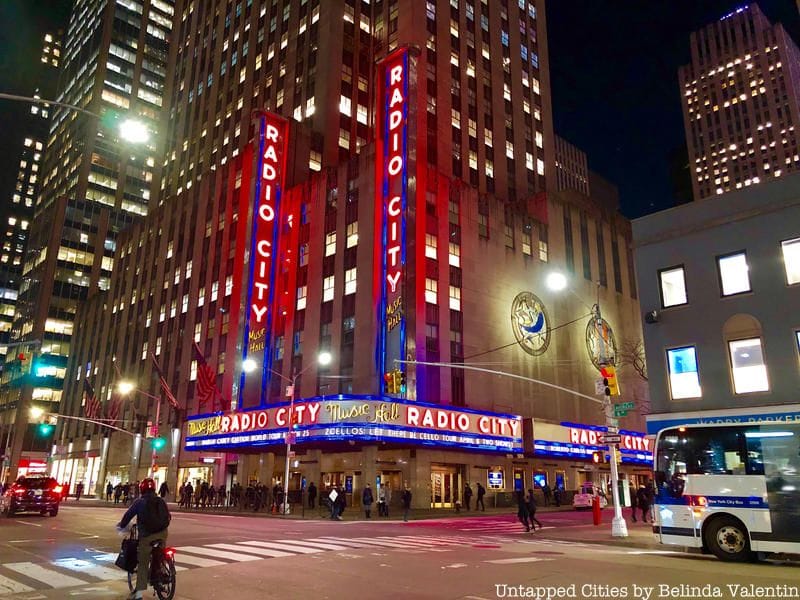
Radio City Music Hall is usually associated with the joy of the holiday season, not spooky ghost stories. The iconic music hall earns its spot on our list of haunted places in NYC thanks to Samuel “Roxy” Rothafel’s alleged visits from the afterlife. Rothafel is the man who brought the Rockettes to New York. After leaving this indelible mark on New York, Rothafel died in 1936, just a few years after the music hall opened.
Ushers at the theater have reported finding Rothafel’s seat down at the end of the night when all of the others are up. Some even claim to have seen his ghost “walking to his seat with a stunning woman on his arm.” There have also been reports of ghost-like activity in his private apartment in the theater, which is still maintained.
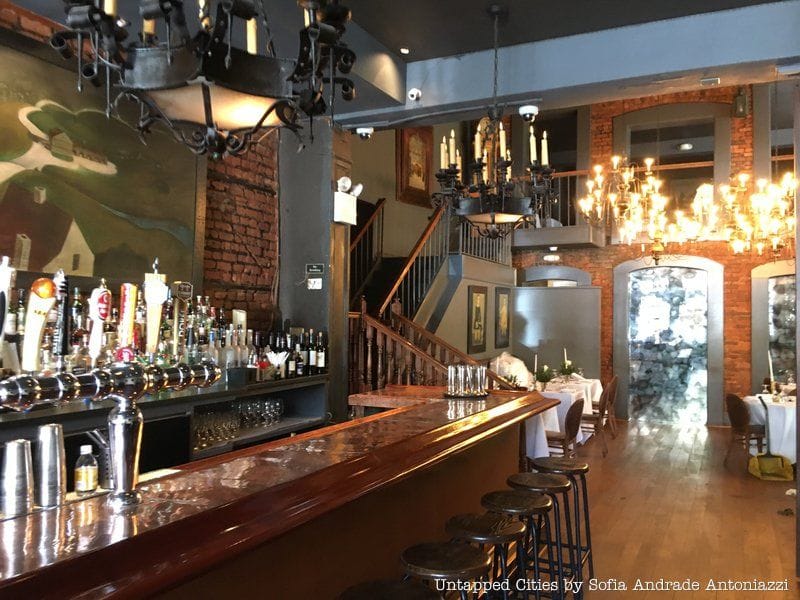
This upscale restaurant in Greenwich Village, housed inside a 1767 carriage house, is perhaps one of the busiest haunted places in NYC, not because of the bustling dinner crowds, but because it is said to be haunted by as many as twenty ghosts! In 2011, General Manager Rosanne Martino told Eater that the establishment was most definitely haunted, as she herself had had “inexplicable experiences…picture frames tilting, machinery activating by itself, strange drafts, especially by the bar, flying plates, flickering lights, staff members, will occasionally be pushed and when they turn, no one is there.”
The ghostly occurrences have been so bad that some members of staff reportedly quit over them! Some believe one of the ghosts is Aaron Burr who kept his carriage and horses in the carriage house while he served as Attorney General of the State of New York during the 1790s. Others may be Burr’s daughter Theodosia, an unnamed Ziegfeld girl, and of course, a mysterious woman in black.
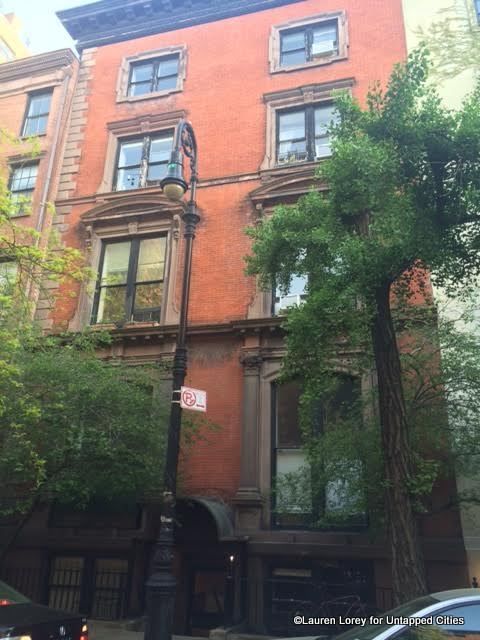
14 West 10th Street also claims to house twenty ghosts! This Greek Revival home was built during the late 1850s off Washington Square Park. In 1900, famous American author Mark Twain moved in and spent the next year in residence. Though he only lived in the house for a short time, his spirit seems to have grown attached.
Sightings of Twain decked out in a white suit have been reported on the first floor and near the staircase. The paranormal events taking place inside 14 West 10th were recounted in actress Jan Bryant Bartell’s 1974 book Spindrift: Spray from a Psychic Sea. Bartell and her husband lived in the former servants’ quarters of the house and she claims to have felt a presence she described as a “monstrous moving shadow.” You can learn more about the dark history of the “House of Death” here.
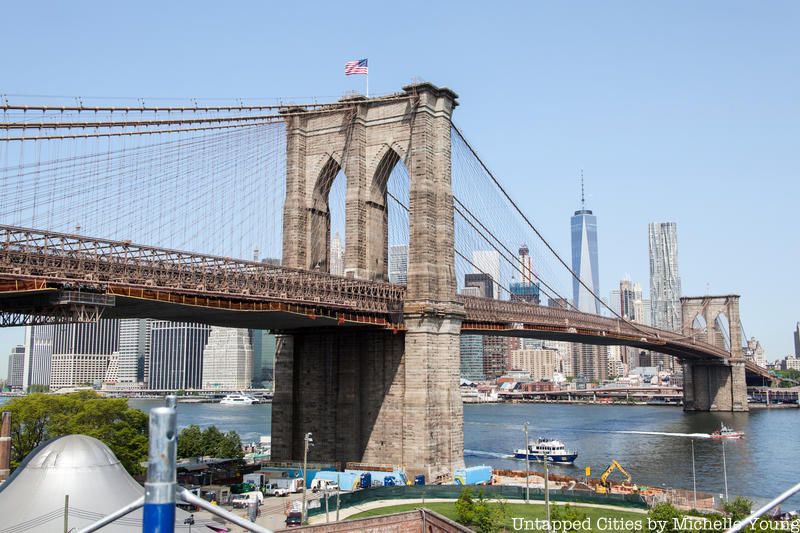
In 1989 one of the most compelling alien abductions took place right here in New York City. Manhattan resident Linda Napolitano claimed that on the night of November 30th, she was abducted from her apartment, carried through her closed window, and brought aboard an alien spaceship where little gray creatures performed various experiments on her. This incident became known as the Manhattan Transfer Abduction.
Throughout the years following Napolitano’s abduction, two eyewitnesses came forward to reveal what they saw that night. Those witnesses were the two bodyguards of the Secretary General of the United Nations at the time, Perez de Cuellar. They claimed to have seen Linda and three grey creatures floating through the air above the Brooklyn Bridge towards a large craft. That craft eventually dove straight into the East River. Cuellar himself would never speak publicly about what he may or may not have seen, but more witnesses who claimed to have seen the abduction from the point of view of the Brooklyn Bridge area have come forward. Napolitano’s experience was researched by UFOlogist Budd Hopkins and turned into a book, Witnessed: The True Story of the Brooklyn Bridge Abductions. You can watch Hopkins explain one eyewitness testimony from the bridge here!
Next, check out 10 of NYC’s Spookiest Crypts and Catacombs
Subscribe to our newsletter